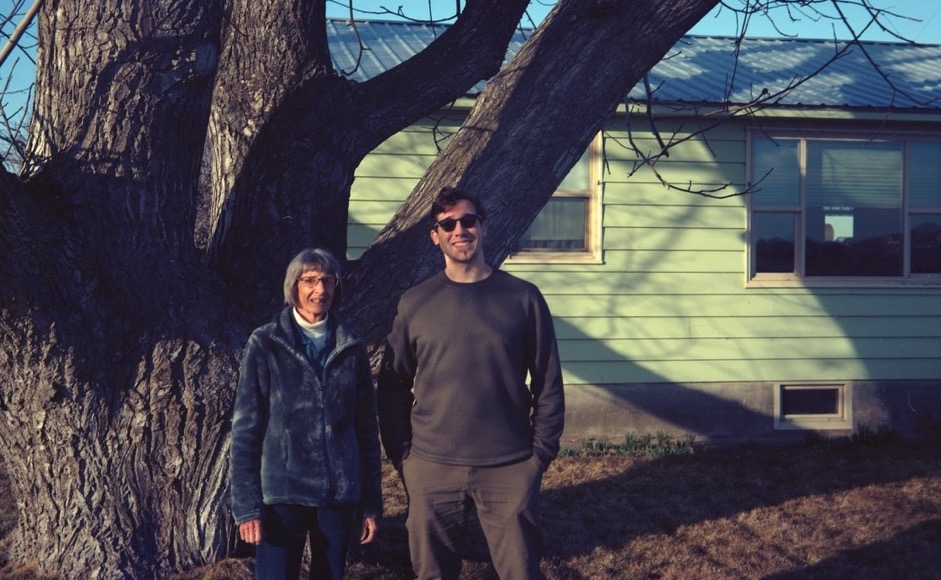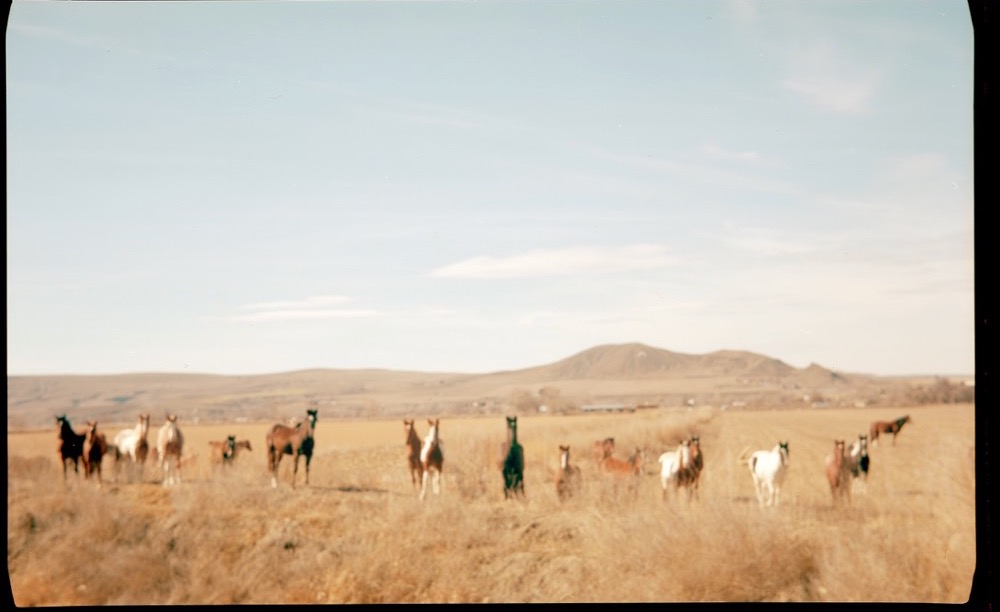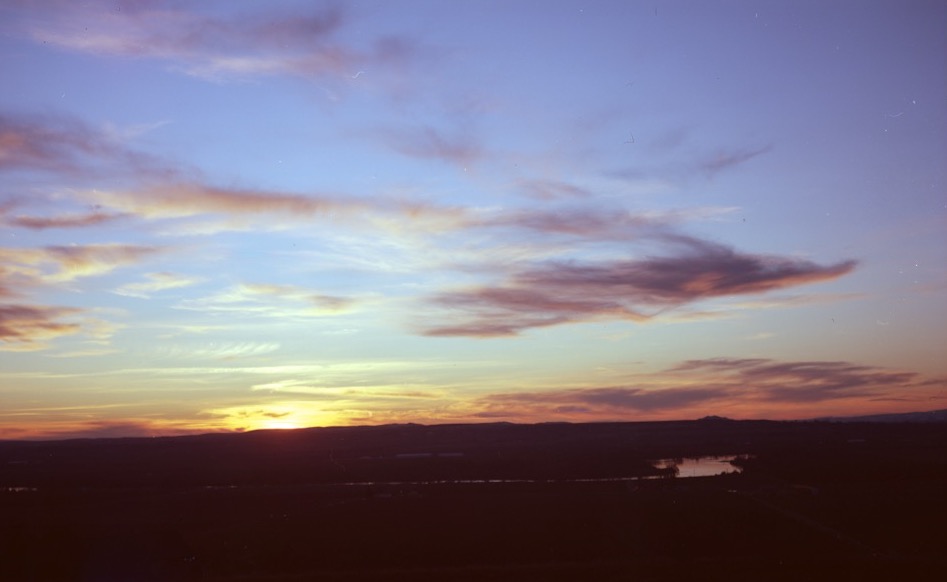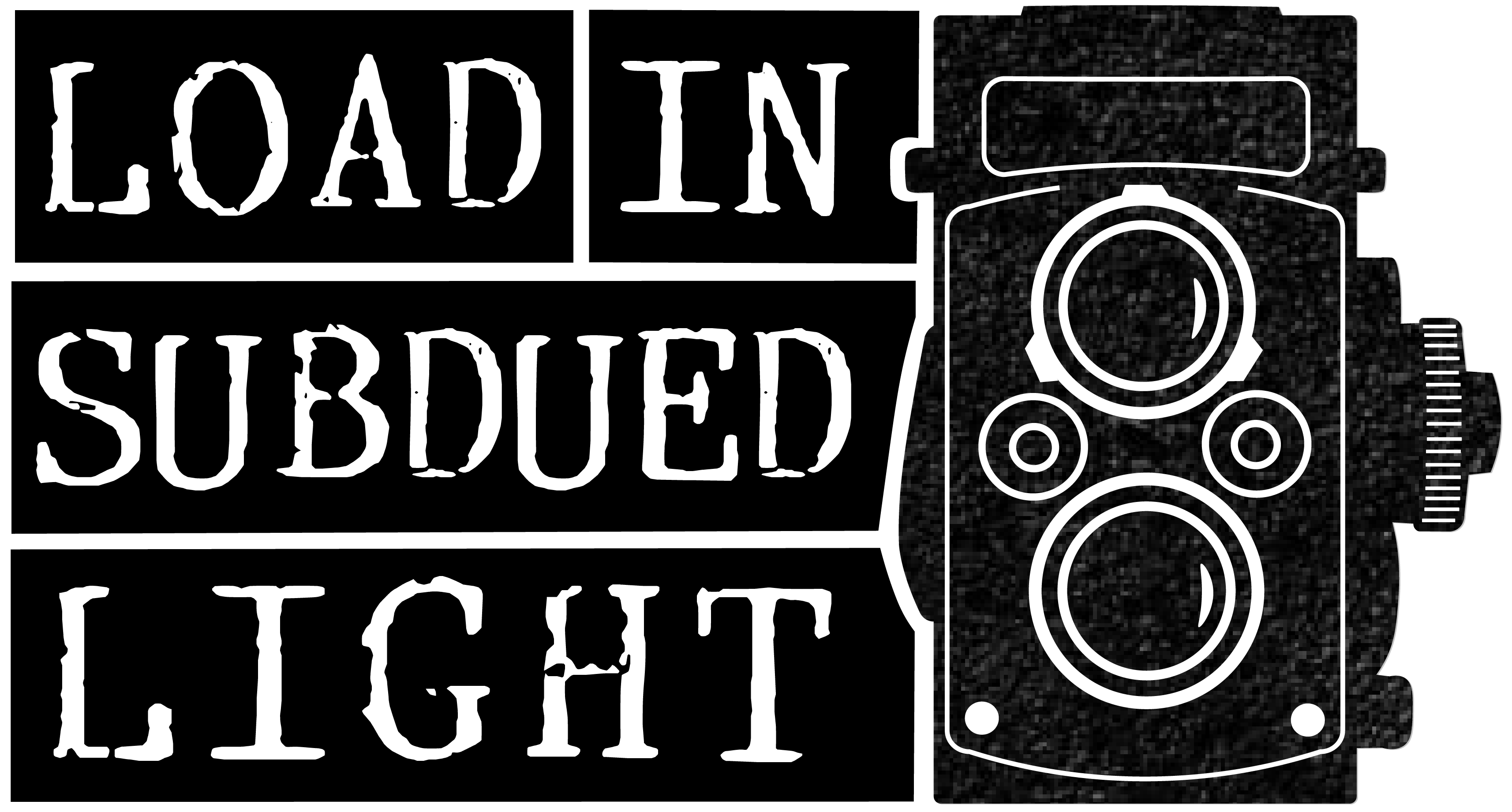Every so often, one may find themselves in a great position to receive a camera they never thought they’d ever get their hands on.
This time, it was the Voigtländer Bessa. The Bessa is a camera made around 1935 in Germany, and is not all that common to find, in the states when rummaging around a friend or relative’s old gear.

The Bessa that landed in my hands came from my grandparents’ neighbor in the middle of Absolutely Nowhere, Oregon. Her husband bought it in 1945 in Italy, and brought this German beauty back to the States.
If you’re keen on learning more about this camera’s history, you can easily Google “voigtlander bessa folding camera” or a similar term to find useful information. Google doesn’t seem to be too picky about getting the “ä” in the name.
The Voigtländer Bessa In Action
I don’t care who you ask, German glass is just about as good as it gets. At least for some of this older stuff.
I knew this camera was somewhat valuable when I saw the brand, and if it were the next model up, it would have been a much different situation. The Bessa II is a rangefinder camera that is easily ten times the price of the Bessa, and that’s just starting price. Either way, any German Camera is worth adding to the collection.
Clear As Can Be
There is not a lot I can say, so I’ll just drop in the photos.

I knew the photos would be clear, I just wondered how my focus would be since there is no focus confirmation on the camera.
Frame Size and Count
The Voigtlander Bessa takes 120 film. It has a sliding component when the film door is open to switch between 645 and 6×9, depending on how big of negatives you would like and how many frames you want to take. If you are shooting 6×9 you will get 8 frames per roll, compared to 645, which gives 16 frames per roll.
Just like any other film camera, the negatives have their own unique shape to them. In most cases, the shape will be cropped down into a standard rectangle. However, if you are curious, here’s a photo before the crop.

Made in 1935, and Still Good Today
This old camera is very surprising when it comes to quality. It really is a back pocket camera. As a medium format camera, it’s crazy that it folds down so small. What surprised me even more was how clear the photos turned out.
It wasn’t too hard to load up and start shooting since 120 film is still made today.
Maintenance
Now, there is not too much to these cameras, so it is easy enough to take some parts off and clean them.

Cleaning the Glass
You can do so with the glass since there are so few elements. Mine took only a few minutes of cleaning to get it as clean as it could possibly be.
I use the same cleaning method for every piece of glass that I come across, and it has not failed me yet.
There is a waist level viewfinder on the top of the lens. These are usually all very similar. they either have a mirror glued in place, propped up by something, or bent into place. If something gets knocked off or bent slightly wrong, it can affect the viewfinder. Still, this is an easy enough component to take apart and clean carefully. Even if it is improperly reassembled, the Bessa is still usable since there is a window viewfinder in addition to the waist level view finder. This is reliable enough, since the camera uses the Zone Focus System anyways.
Bellows
There may be better ways to check for it, but here is how I check the integrity of the bellows. If you open the back of the camera while it is fully extended, you can point it up to a light source with the aperture closed. I like to cup my hands around the camera back. From here, you can clearly see any light leaks that might come from the bellows.

Fix or Replace the Bellows
If you have any light leaks, you can replace the bellows. There are ways to make your own bellows at home, but it could be more difficult than you might think. If you do not wish to make new bellows, there are some places that will make and send you new bellows for you to install. Many places will install new bellows for you, but be prepared to pay up. Camera repair is not cheap these days.
If you are in ultra penny-saver mode, you can use some kinds of black tape to seal off the light leak. Don’t expect this to work every time, and don’t expect this to be a long term solution. If it works, roll with it and count your blessings.
Fair Warning: This may cause issues when you go to fold up the camera, so repair it at your own risk. The same thing goes for making and installing bellows yourself. Unless you are a professional, things can go wrong. Your mistakes are your own. You are responsible for your own success or failure and Load In Subdued Light is not responsible for the outcome. Know this before you get started on a DIY repair project.
If you do not have light leaks, you can take a look at the other components. You’re one step closer to shooting.
Aperture Blades
One of the most common issues with older cameras like this one is the aperture blades getting stuck. Shutter speeds may be inaccurate, especially slower shutter speeds.
If you do not have experience taking apart aperture blades or dealing with leaf shutters, maybe start with a camera you are willing ti break. Your first time taking apart a lens with blades, you will most likely break it or put it back together incorrectly.

Final Remarks
Only a handful of rolls have made it through this camera so far, like Kodak Ektar 100 and Catlabs x 80 Black and White Film.
The good old Voigtländer Bessa is a camera that unexpectedly showed up in my collection and will stay there. It might not be higher up than a Rolleiflex on my go-to list, but it is small and easy to snag for large negatives.
Practicing things like the Zone Focus System and Sunny 16 are good skills to have, and can make you more proficient with other cameras as well.
When it comes to older gear like this, there is some trial and error that comes with it. Be Patient. You never know what kind of old gear you might fall in love with.


 Underrated Film: CatLabs x 80 in 120 Roll Film
Underrated Film: CatLabs x 80 in 120 Roll Film
Leave a Reply